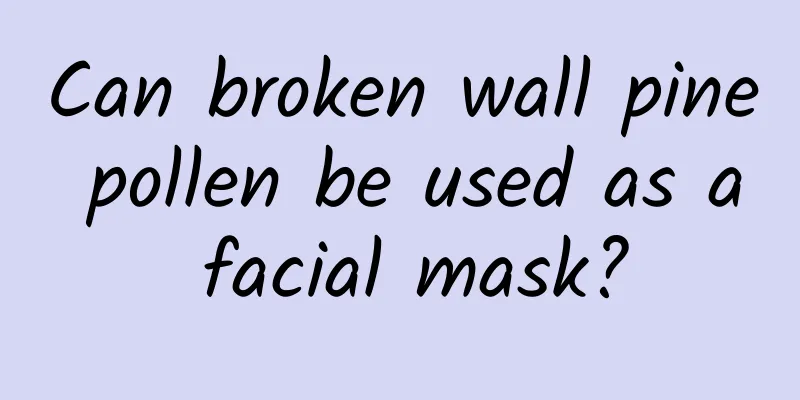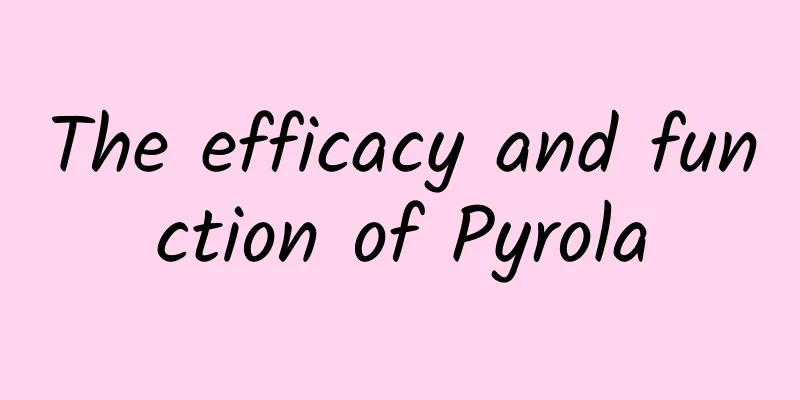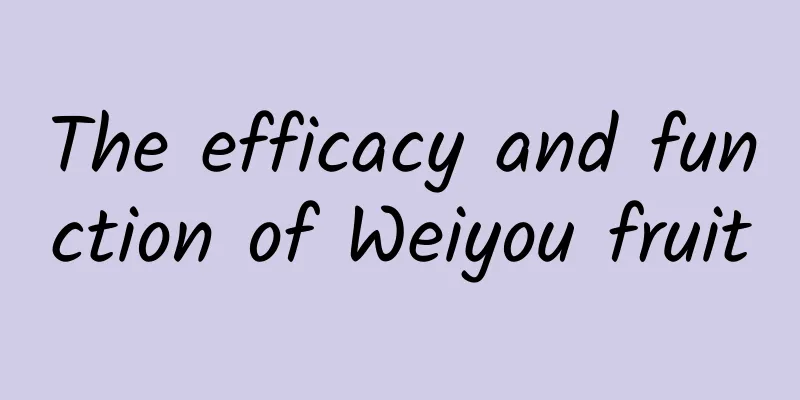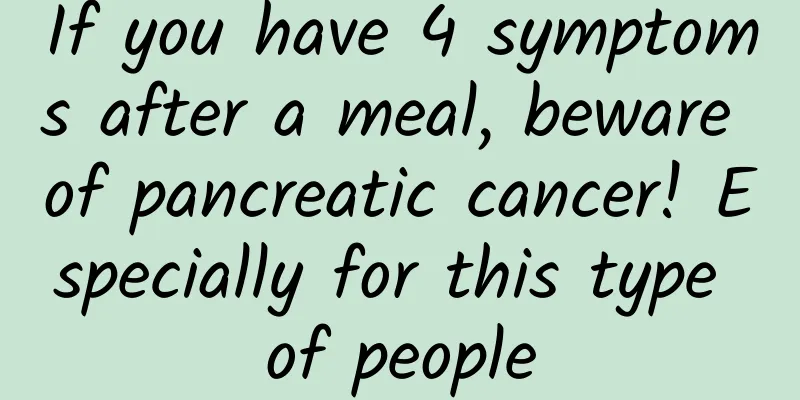Is Shouzhu root good for gout?
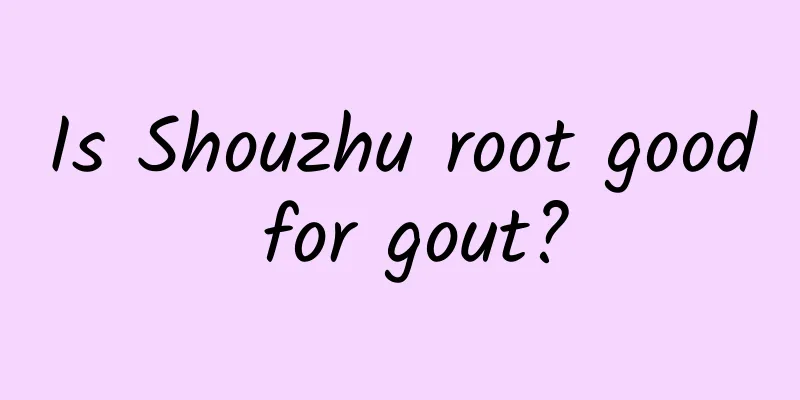
|
Shouzhu root is a food with certain nutritional value and many functions. For example, it can relieve symptoms of yin deficiency, cough, and dry throat. In addition, Shouzhu root is also effective in post-illness recovery and treatment of injuries. However, for gout patients, longevity bamboo root has no therapeutic effect, but after gout is cured, it is still of great help to the patient's physical recovery. 1. Is Shouzhu root good for gout? Shouzhu root cannot cure gout. The effects of longevity bamboo root are that it replenishes qi, nourishes yin and moistens the lungs; it is also a blood-activating medicine. Treats physical weakness after illness; yin deficiency and dry lungs; cough with sticky phlegm; dry throat and thirst; and injuries from falls. 2. Treatment of gout 1. General treatment Eat a low-purine, low-energy diet, maintain a reasonable weight, quit drinking, drink plenty of water, and drink more than 2000ml of water per day. Avoid overeating, excessive drinking, cold and dampness, excessive fatigue and mental stress, wear comfortable shoes, prevent joint injuries, and use drugs that affect uric acid excretion such as certain diuretics and low-dose aspirin with caution. Prevent and treat concomitant diseases such as hypertension, diabetes and coronary heart disease. 2. Acute gouty arthritis Rest in bed, elevate the affected limb, apply cold compress, and resume activities only after the pain is relieved for 72 hours. Seek treatment as early as possible to prevent prolonged illness. The following drugs should be used early and in sufficient amounts, and dosage should be gradually reduced after effectiveness is achieved. Do not start uric acid-lowering treatment during an acute attack. Those who are already taking uric acid-lowering drugs do not need to stop taking them during an attack, so as to avoid fluctuations in blood uric acid, prolonging the attack time or causing metastatic attacks. (1) Nonsteroidal anti-inflammatory drugs (NSAIDs) Nonsteroidal anti-inflammatory drugs can effectively relieve acute gout symptoms and are the first-line medication. Common adverse reactions of non-selective non-steroidal anti-inflammatory drugs such as indomethacin are gastrointestinal symptoms. Gastric protectants can be added when necessary. They are contraindicated in patients with active peptic ulcers and should be used with caution in patients with renal insufficiency. Selective cyclooxygenase (COX)-2 inhibitors such as celecoxib have fewer gastrointestinal reactions, but attention should be paid to their adverse reactions to the cardiovascular system. (2) Colchicine is a traditional medicine for treating acute attacks. Colchicine has many adverse reactions, mainly gastrointestinal reactions, but can also cause bone marrow suppression, liver damage, allergies and neurotoxicity. Adverse reactions are dose-related, and patients with renal insufficiency should use a reduced dose. (3) Glucocorticoids have significant therapeutic effects in the treatment of acute gout and are usually used for patients who cannot tolerate nonsteroidal anti-inflammatory drugs and colchicine or who have renal insufficiency. For acute attacks involving only one or fewer joints, joint fluid aspiration and injection of long-acting glucocorticoids can be performed to reduce systemic drug reactions, but concurrent infection should be excluded. For polyarticular or severe acute attacks, small to medium doses of glucocorticoids can be used orally, intramuscularly, or intravenously. To avoid "rebound" of symptoms after stopping the medication, a small dose of colchicine or non-steroidal anti-inflammatory drugs can be added when stopping the medication. 3. Intermittent and chronic phases The purpose is to effectively control blood uric acid levels in the long term, prevent gout attacks or dissolve tophi. Indications for the use of uric acid-lowering drugs include recurrence of acute gout, involvement of multiple joints, tophi, chronic tophi-induced arthritis or imaging changes in affected joints, and concurrent uric acid nephrolithiasis. The treatment goal is to reduce serum uric acid to <6 mg/dL in order to reduce or eliminate the deposited monosodium urate crystals in the body. The uric acid-lowering drugs currently used in clinical practice mainly include drugs that inhibit uric acid production and drugs that promote uric acid excretion. Both should be started with a small dose and gradually increased at least 2 weeks after the acute attack ends. The dose should be adjusted to the minimum effective dose within a few months based on the target level of uric acid lowering and maintained for a long time or even for life. Two types of uric acid-lowering drugs can only be used together when a single drug is ineffective, blood uric acid is significantly elevated, and tophi are formed in large quantities. Low-dose colchicine or nonsteroidal anti-inflammatory drugs should be taken for at least 1 month at the same time as urate-lowering drugs are started to prevent recurrences of acute arthritis. Patients with normal renal function and 24-hour urine uric acid excretion less than 3.75mmol can choose uricosuric drugs, while patients with impaired renal function or 24-hour urine uric acid excretion greater than 3.75mmol should choose drugs that inhibit uric acid synthesis[5]. |
<<: What nourishes the stomach and cures stomach problems
>>: Perilla leaves for insomnia
Recommend
Haagen-Dazs was found to contain a Class I carcinogen. Can I still treat her to ice cream if I love her?
This summer, the ice cream industry is not peacef...
Effects and methods of Tianqi black chicken soup
If you want to reduce the risk of illness, you mu...
Impatiens balsamina
Effects of Impatiens balsamina Impatiens balsamin...
The efficacy and function of the root vine
There are so many medicinal herbs in the world, a...
Do astronauts sleep while floating? Can the space environment cause genetic mutations? Let's find out what the truth is!
April 24, 2023 is the eighth " China Space D...
What is the "mica" in Li Shangyin's poem? Electric irons and electric ovens cannot do without it
"The candlelight is deep behind the mica scr...
"Fragmented sleep" has become a hot topic, and doctors remind you: sleeping may be the same as not sleeping
How's your sleep? In recent days, there have ...
Playing bridge, 8 human world champions all lost to AI...
Written by: Yang Xiao Recently, artificial intell...
The efficacy and function of Impatiens root
Many people are not very clear about the effects ...
Huang Tiejun | The rise of machines and boundless intelligence
Today we are not going to answer the question of ...
The efficacy and function of snow clam
Snow frog is a medicinal herb that can be compare...
Digging up the roots | Can blood transfusions “prolong life”? Still need to be viewed with caution
gossip Aging is a life process that everyone will...
Will the coronavirus Delta and Omicron merge into a more ferocious "new poison king"?
While the Omicron variant is worrying people, two...
What effects will looking down at your phone for a long time have on your body?
The latest data shows that The number of Internet...
Special: Mountains and rivers are wallpapers everywhere
All images in this article By 40 photographers Sh...
